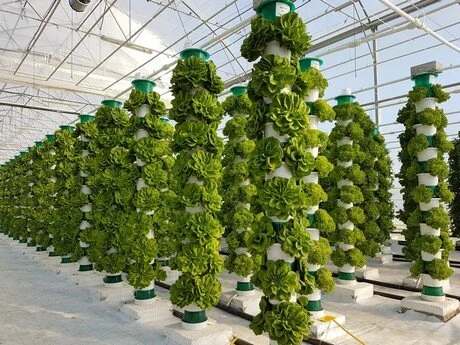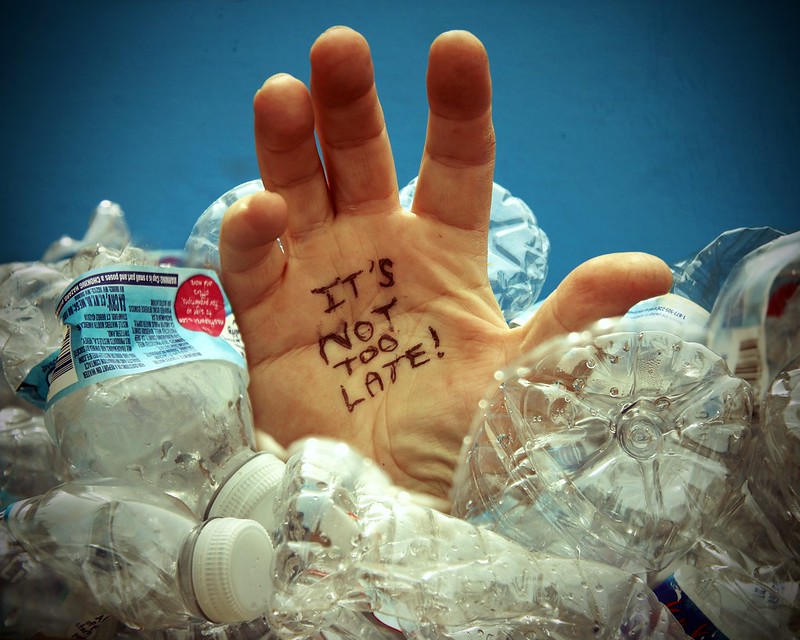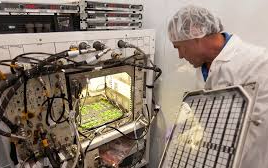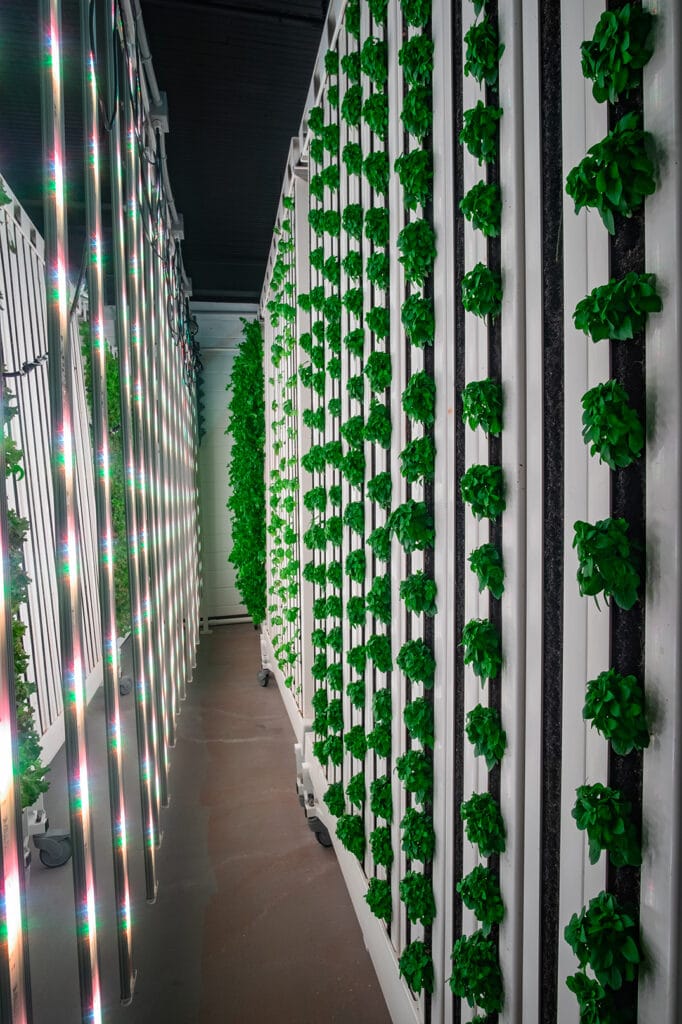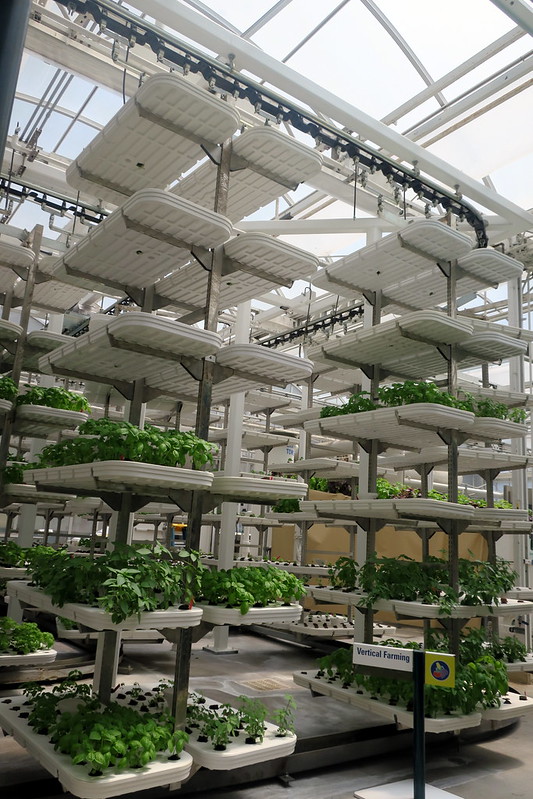Hydroponics means growing plants without soil by feeding their roots a water solution that contains all the nutrients they need. Engineers and farmers are studying hydroponics because it can save water, fit into cities using vertical racks, and deliver steady, fast growth by controlling nutrients and the environment. Across the world—from university labs to rooftop farms—people are testing these systems as a possible way to make food production more reliable when land and water are scarce.
Hydroponic systems help with problems that traditional farming struggles with today. They use a lot less water because nutrient solutions can be redistributed instead of lost to the ground, which matters in places facing drought. Hydroponics also requires much less arable land per pound of food because systems can be stacked vertically, so cities can grow food close to people and cut long transportation routes. Finally, growing without soil avoids many soil-borne diseases and salinity problems that reduce produce on farmland that has been used a lot, making food production more resilient to climate change.
Traditional agriculture has long succeeded when land, water, and labor are available, but it can fail where soils have been used up or water is limited. Soilless or “soilless culture” experiments—using media such as rockwool, coco coir, or just flowing nutrient solutions—have succeeded in producing faster growth and bigger harvests for many vegetables. Practical, local examples include small urban farms and rooftop hydroponic programs that combine lessons from both methods; for example, Area 2 Farms documents using hydroponic techniques for high-density leafy greens while also blending compost and other natural practices on some farms. Failures or limits have usually been economic or technical: high intitial costs for equipment, the need for reliable electricity and technical know-how, and management problems like nutrient imbalances or pump failures that can quickly strain plants. Humanitarian projects show big social benefits, such as job creation and food access, but also highlight cost and how much the food is needed as barriers in low-income settings.
Investing in hydroponics is not about replacing traditional farming everywhere; it’s about adding another tool where it solves problems best. Hydroponics can produce vegetables faster and in places where field farming is impossible (cities, deserts, rooftops), which helps shorten supply chains and reduce spoilage. When combined with renewable energy (solar) and recycled water, hydroponic systems become much more sustainable and less dependent on fossil-fuel electricity. For communities with little arable land or scarce water, hydroponics can provide steady local food and jobs, as seen in recent rooftop programs and refugee-camp projects. Still, investments should pair hardware with training, local supply chains for parts and nutrients, and renewable power to address the biggest weaknesses, which are high startup costs and energy needs, before increasing use to large-scale.
Hydroponics offers engineers a design problem with big societal benefit: build systems that save water, use space well, and run on clean energy while being cheap and easy for communities to maintain. The evidence from recent reviews, scientific studies, and real farms shows clear benefits but also real challenges—especially cost, energy, and the need for local skills and parts.
Works Cited
Abdelhamid, M. A., et al. (2025). Sustainable hydroponic production using solar energy and treated greywater within the water-energy-food-environment nexus. Scientific Reports. https://www.nature.com/articles/s41598-025-16030-4
Choudhary, U., Senapati, P. K., Uikey, A., & colleagues. (2024, October). Hydroponic systems: An overview of benefits, challenges, and future prospects. ResearchGate. https://www.researchgate.net/publication/385774404_Hydroponic_systems_an_overview_of_benefits_challenges_and_future_prospects
Gruda, N. S. (2022). Advances in soilless culture and growing media in today’s horticulture—An editorial. Agronomy, 12(11), 2773. https://doi.org/10.3390/agronomy12112773
Qudah, S. (2024, February 5). The pharmacist who sells onions: Palestinians go hydroponic in Jordan’s ‘Gaza camp’.The Guardian. https://www.theguardian.com/global-development/2024/feb/05/palestinian-refugees-jerash-camp-jordan-hydroponic-horticulture
Area 2 Farms. (2025, March 13). Hydroponics. Area 2 Farms. https://www.area2farms.com/glossary/hydroponics

